
Roman tunnels IELTS Reading test with answers Simply IELTS
Q1. What was the primary purpose of the Roman Tunnels? A. Transportation B. Communication C. Resource distribution D. Military defense Q2. The Roman Tunnels were a product of which two main fields of expertise?

IELTS reading answer explanations Roman tunnels (16 questions) ielts YouTube
Last updated: January 24, 2023 IELTS Academic Test - Passage 10: Roman tunnels reading with answers explanation, location and pdf. This reading paragraph has been taken from our huge collection of IELTS Academic & General Training (GT) Reading practice test PDFs. CONTENTS + Roman tunnels
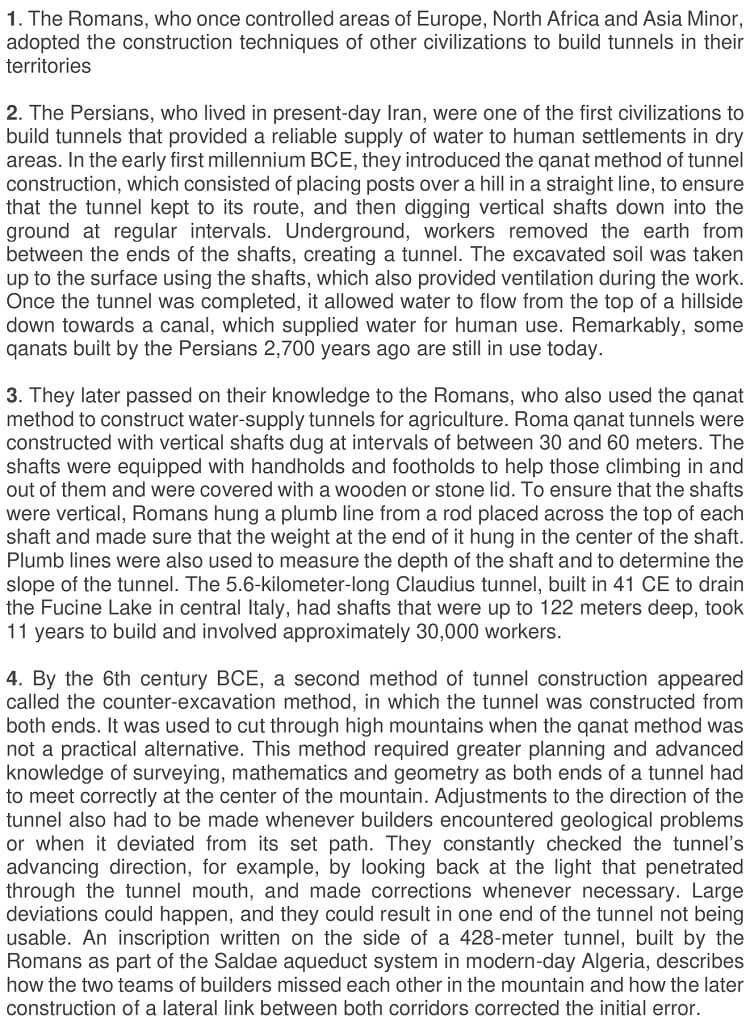
Roman Tunnels IELTS Reading Answers
The passage on the Roman Tunnel IELTS reading answers is given in this article. You can read the passage carefully and practice attempting this section of the IELTS exam. You can get perfect in it by firmly doing your IELTS exam preparation. Also Read: The Mozart Effect Reading Answer: IELTS Reading Answers with Preparation and Tips

ROMAN TUNNELS EXPLORE THE GREAT CONTENTS OF IELTS READING PASSAGES YouTube
Roman Tunnels Reading Answers comprising 13 questions. IELTS Roman Tunnels Reading Answers contains three types of questions: label the diagram, true/false/not given and write no more than two words. Candidates are required to label the diagram based on the IELTS Reading passage in only one word.

IELTS Reading Passage Roman Tunnels YouTube
Article by Victor Labate published on 06 April 2016 Listen to this article The first tunnels in the Mediterranean were built to transport water from distant springs and mountains to arid areas and cities. They also ensured the constant supply of water when cities were under siege.

Roman Tunnels Reading Answers Cambridge 16 Test 4 IELTS Reading Answers
IELTS reading passage - Roman tunnels. Roman tunnels. The tunnels were constructed by the Persians, to provide a reliable water supply to the human settlements in the dry areas of present-day Iran. Quant method of tunnel construction was introduced in the early first millennium BCE where the posts are placed in a straight line over a hill and.

Giải Chi Tiết IELTS Reading Cambridge 16 Test 4 Roman Tunnels
Roman tunnels IELTS Reading test with answers - Simply IELTS Back to Course 0% Complete 0/0 Steps General Overview IELTS Reading scores A step by step guide to improve Reading Skills Question Types in IELTS Reading Question Types in IELTS Reading Exam Master Note Taking question on IELTS Reading Matching Heading question on IELTS Reading section
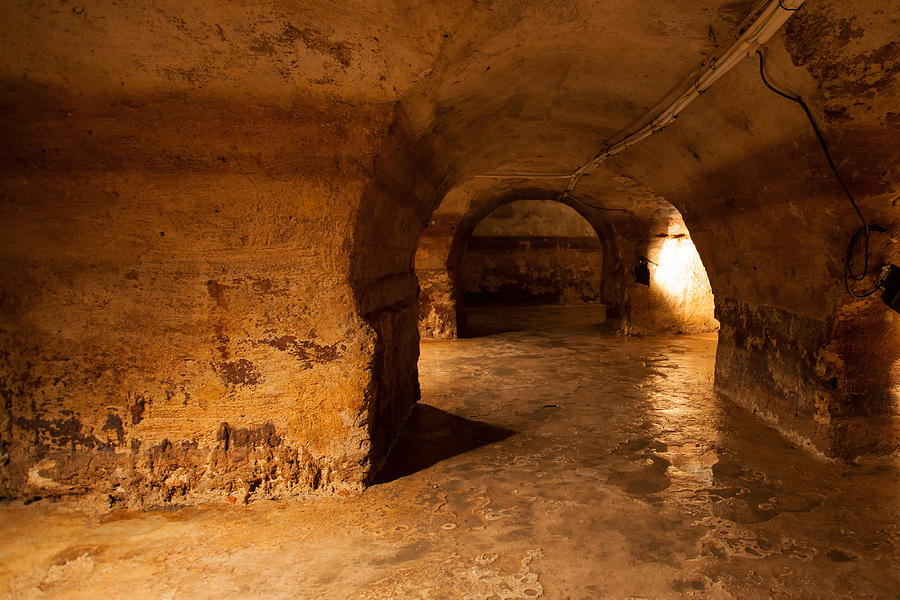
Roman Tunnels Photograph by Cadence Moore
1..……………………. to direct the tunneling posts - First paragraph, 3 rd line. " They introduced the qanat method of tunnel construction, which consisted of placing posts over a hill in a straight line, to ensure that the tunnel kept to its route.
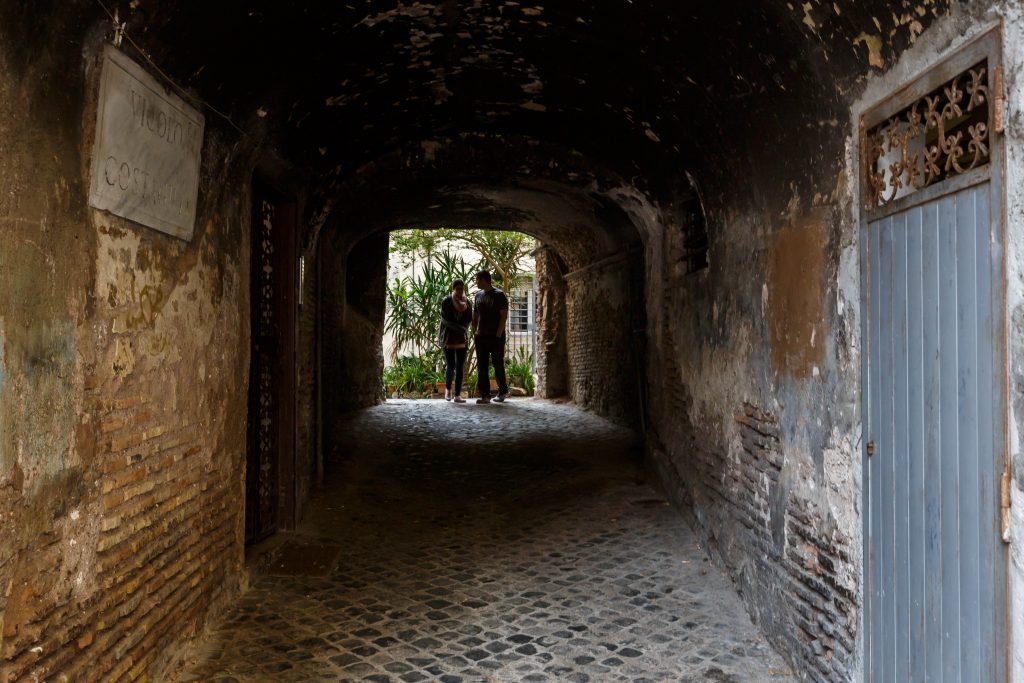
Roman Tunnel IMB
Roma qanat tunnels were constructed with vertical shafts dug at intervals of between 30 and 60 meters. The shafts were equipped with handholds and footholds to help those climbing in and out of them and were covered with a wooden or stone lid.
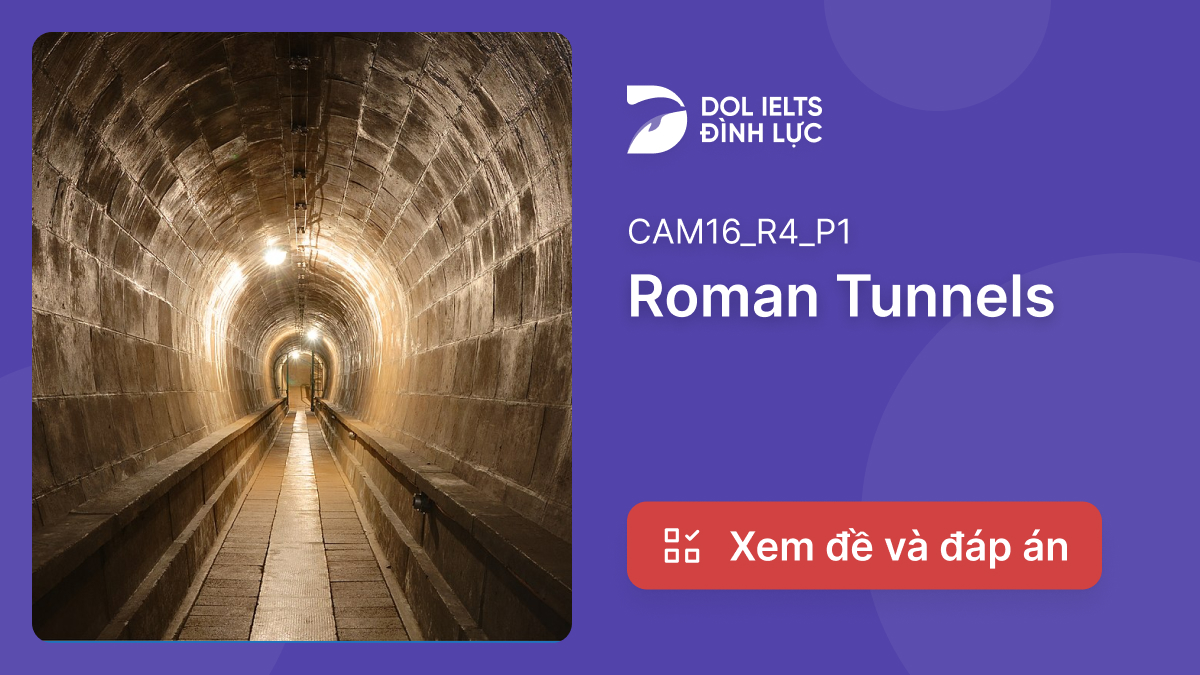
Roman Tunnels IELTS Reading Answers with Explanation IELTS Reading Practice dol.vn Học
READING PASSAGE 1 You should spend about 20 minutes on Questions 1-13 which are based on Reading Passage 1 below. Roman tunnels The Romans, who once controlled areas of Europe, North Africa and Asia Minor, adopted the construction techniques of other civilizations to build tunnels in their territories
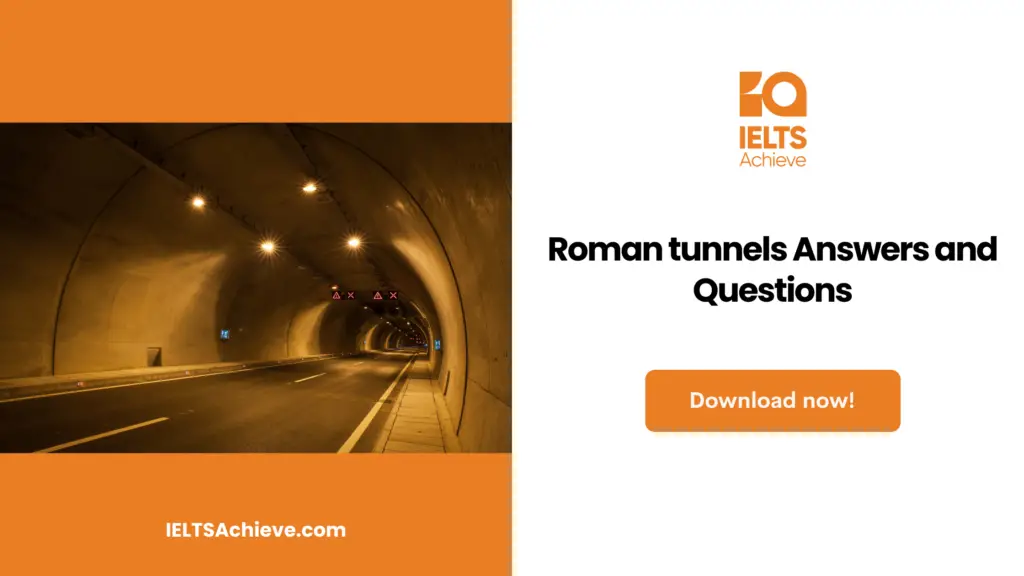
Roman tunnels Answers and Questions
This Academic IELTS Reading post focuses on solutions to IELTS Reading Test 4 Reading Passage 1 titled 'Roman tunnels'. This is a target post for IELTS candidates who have huge problems finding out and understanding Reading Answers in the AC module. This post can help you the best to comprehend every Reading answer very easily.

Roman Tunnels World History Encyclopedia
The Romans dug tunnels for their roads using the counter-excavation method, whenever they encountered obstacles such as hills or mountains that were too high for roads to pass over. An example is the 37-meter-long, 6-meter-high, Furlo Pass Tunnel built in Italy in 69-79 CE. Remarkably, a modern road still uses this tunnel today.
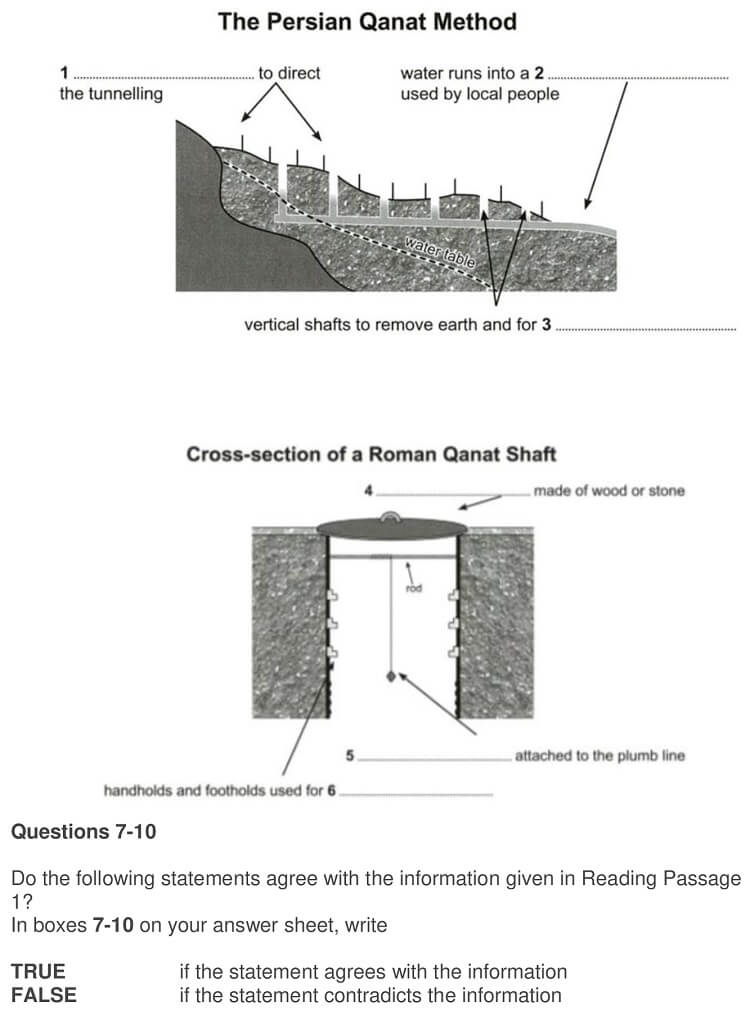
Roman Tunnels IELTS Reading Answers
This video explains how to attempt an Academic Readingvisit us atwww.ielts.completesuccess.infor listening, writing, reading and speaking study material.for.

Đề thi IELTS READING Roman Tunnels Đề thi thật IELTS...
Plumb lines were also used to measure the depth of the shaft and to determine the slope of the tunnel. The 5.6-kilometer-long Claudius tunnel, built in 41 CE to drain the Fucine Lake in central Italy, had shafts that were up to 122 meters deep, took 11 years to build and involved approximately 30,000 workers. ĐOẠN 2.

IELTS reading answer explanations Roman tunnels (710 questions) ielts YouTube
READING PASSAGE 1 - Roman tunnels.. Construction marks left on a Roman tunnel in Bologna show that the rate of advance through solid rock was 30 centimeters per day. In contrast, the rate of advance of the Claudius tunnel can be calculated at 1.4 meters per day. Most tunnels had inscriptions showing the names of patrons who ordered.
Roman Tunnels IELTS Reading Answers with Explanation IELTS Reading Practice dol.vn Học
Answer: Canal Roman tunnels- Reading Answers Explanations- CAM 16 Location: 1 st paragraph Explanation: The answer to this question is in the second last line of the paragraph and the writer says, 'The excavated soil was taken up to the surface using the shafts, which also provided ventilation…' Thus, the answer is 'ventilation' Answer: Ventilation